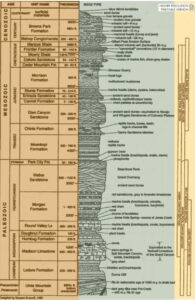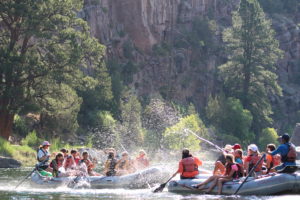Whitewater Rafting Near Denver
Whitewater Rafting Near Denver: Majestic Landscapes and Accessible Adventures
Nestled at the foot of the Rocky Mountains, Denver offers unparalleled access to world-class whitewater rafting experiences. From adrenaline-pumping class V rapids to serene scenic float. This article explores the diverse opportunities for whitewater rafting near Denver.
This comparison chart highlights some of the best options for whitewater rafting near Denver, CO. From quick half-day trips on Clear Creek to scenic multi-day adventures on the Yampa and Green Rivers, each destination offers unique experiences for rafters of all skill levels.
Quick Guide to Whitewater Rafting Trips Near Denver:
| River | Distance from Denver | Rapids Class | Best For | Highlights | Trip Type(s) |
|---|---|---|---|---|---|
| Clear Creek | ~35 minutes | Class II–V | All skill levels | Quick access, Idaho Springs, steep drops | Half-day, Full-day, “Happy Hour” runs |
| Arkansas River – Browns Canyon | ~2 hours | Class III | Families, beginners | Wildlife, scenic canyon views | Day trips |
| Arkansas River – Royal Gorge | ~2 hours | Class IV–V | Thrill-seekers | Towering canyon walls, intense rapids | Day trips |
| Arkansas River – Multi-Day | ~2 hours | Class III–IV | Adventure campers | Wilderness camping, guided trips with meals | Multi-day |
| Upper Colorado River | ~2 hours | Class I–II | Beginners, families | Hot springs, fishing, wildlife | Scenic floats, Day trips |
| Blue River | ~1.5 hours (Silverthorne) | Class II–III | Quick escapes | Short trips, mountain views | Half-day |
| Cache la Poudre River | ~1.5–2 hours | Class III–IV | Nature lovers | Colorado’s only Wild & Scenic river | Day trips |
| Yampa River | ~6–7 hours (from Denver) | Class III–IV | Expedition seekers | Dinosaur National Monument, untouched terrain | Multi-day |
| Green River – Gates of Lodore | ~6+ hours (Utah) | Class II–III+ | All experience levels | Deep canyons, iconic landscapes | Multi-day |
 Clear Creek: Denver’s Proximity to Thrilling Rapids
Clear Creek: Denver’s Proximity to Thrilling Rapids
The Gateway to High-Altitude Adventure
Clear Creek, located just 35 minutes west of Denver, serves as the most accessible whitewater destination for city dwellers and visitors alike. This river’s proximity to urban amenities—combined with its dramatic elevation drop of 1,300 feet over 16 miles—makes it ideal for half-day, full-day, and even “happy hour” rafting excursions. The historic mining town of Idaho Springs anchors the Clear Creek experience.
Rafting Choices for All Levels
Clear Creek offers a diverse range of rafting experiences suitable for everyone from families to experienced thrill-seekers. For families, the Class II–III sections provide a gentle introduction to the waters. Intermediate rafters find the Class III–IV stretches perfect for honing their skills, while the Class IV–V sections offer adrenaline-pumping challenges for experts.
 Arkansas River: Big Water and Multi-Day Excursions
Arkansas River: Big Water and Multi-Day Excursions
Browns Canyon National Monument
Browns Canyon blends scenic beauty with accessible rapids, making it ideal for families. The canyon’s wild terrain hosts abundant wildlife, offering an immersive nature experience.
Royal Gorge
For thrill-seekers, Royal Gorge promises heart-pounding whitewater set against towering canyon walls. These rapids test resilience and offer an exhilarating challenge.
Multi-Day Float & Camp Options
The Arkansas River’s multi-day trips are a blend of rafting and wilderness camping. Rafters enjoy all-inclusive experiences, with equipment and meals provided, allowing a deeper connection with nature. As you camp along the riverside, the stunning beauty of the surroundings will leave an indelible mark【4:2†source】.
Upper Colorado River: Laid-Back Wilderness Floats
Mellow Rapids and Majestic Scenery
The Upper Colorado River offers a more relaxed rafting experience perfect for beginners and families. Its gentle rapids allow for easy navigation, and it is surrounded by breathtaking scenery.
Ideal for Beginner Rafters and Families
This river suits families and first-time rafters, providing a taste of whitewater rafting without the intimidation of larger rapids. It’s an ideal setting for relaxing and enjoying nature.
Hot Springs, Wildlife & Fishing Opportunities
While floating down the Upper Colorado, rafters can stop to enjoy hot springs, spot local wildlife, or cast a fishing line. The variety makes every trip memorable.
Blue River and Poudre River: Hidden Gems Near Denver
Blue River near Silverthorne
Offering short, scenic runs, the Blue River is ideal for quick trips. Its easy accessibility makes it a popular choice for Denver residents seeking a brief escape into nature.
Cache la Poudre River
As Colorado’s only designated National Wild and Scenic River, the Cache la Poudre delivers awe-inspiring views and diverse rapids. It’s a gem worth exploring for every nature enthusiast.
Looking for the Ultimate Rafting Getaway? Try a Multi-Day River Expedition
Why Venture Further: Unlocking Colorado and Utah’s River Treasures
For those ready to explore beyond day trips, Colorado and Utah’s extensive river networks promise unparalleled rafting adventures. Journey through remote landscapes that offer serenity and excitement in equal measure.
 Rafting the Yampa River: Rich in History and Adventure
Rafting the Yampa River: Rich in History and Adventure
Rafting on the Yampa River offers an adventure like no other. As one of the last free-flowing rivers in America, it carves a natural path through the stunning Dinosaur National Monument. This river is more than just a waterway; it’s a journey through time and nature. The Yampa River winds through rugged canyons surrounded by towering cliffs, offering breathtaking views and challenging rapids.
The excitement of rafting the Yampa is palpable. Boasting numerous Class III rapids and one infamous Class IV rapid, known as Warm Springs Rapid, the river promises a heart-racing experience. This rapid includes a hydraulic aptly named Maytag, known for its ability to flip boats, adding to the excitement of the adventure.
 The Green River through Gates of Lodore
The Green River through Gates of Lodore
The Gates of Lodore on the Green River deliver breathtaking canyon views, capturing the hearts of adventurers who navigate this iconic stretch. Towering cliffs and dramatic rock formations tell tales of geologic history, each layer echoing past epochs. This section is renowned for its diverse rapids, like Disaster Falls and Hell’s Half Mile, offering exciting challenges suitable for both beginners and seasoned rafters, inviting teamwork and skill on the water.
As you raft through this natural masterpiece, you’ll understand the importance of preserving such pristine environments. For those ready to embrace both adventure and history, this journey through the Gates of Lodore promises thrilling adventures and awe-inspiring scenery. Explore more on the Gates of Lodore for an enriching experience that merges Whitewater excitement with the grandeur of nature.
Why Book with Dinosaur River Expeditions?
- Family-Owned, Locally Operated Near Vernal, Utah: Our team brings a personal touch to every trip, ensuring a welcoming and inclusive atmosphere.
- All-Inclusive Trips with Legendary Food, Gear & Guides: Enjoy tasty meals in the wilderness, surrounded by spectacular views.
- Multi-Day Adventure = Deeper Connection to Nature: Experience unspoiled nature at its finest.
Wildlife, Scenery, and the Soul of the River
What You’ll See on Your Rafting Trip
- Bald Eagles, Deer, Bighorn Sheep & Wildflowers: Every trip on the river brings the potential for unique wildlife encounters.
- Canyon Walls, Sandstone Cliffs & Fossils: The geological wonders you’ll encounter hold tales as old as time and provide a stunning backdrop.
Embracing Leave No Trace Principles
Respecting nature is paramount. Following the Leave No Trace principles ensures that these beautiful places remain pristine for future generations.
Planning Your Whitewater Rafting Trip Near Denver
Best Time of Year for Rafting
The best time for rafting depends on what you seek. Spring boasts exciting snowmelt flows, while mid-summer offers calmer waters perfect for families.
What to Bring (and What Not to)
Pack breathable clothing, sturdy footwear, and essentials like sunscreen and a hat. Avoid glass containers to keep things safe and eco-friendly.
Age Requirements and Fitness Considerations
While family trips welcome participants as young as five, certain rapids demand more fitness and experience.
How to Choose a Raft Trip That’s Right for You
Consider your group’s skill level and interests. Tailor the experience to match your sense of adventure, whether you’re seeking calm waters or challenging rapids.
Conclusion: Whitewater Rafting Near Denver Offers Something for Everyone
Day Trip or Multi-Day Expedition — The Rapids Are Calling
Whether you choose a quick day trip or venture on a multi-day journey, the promise of adventure awaits.
From Local Rafting to Remote National Monument Expeditions, It’s All at Your Paddle’s Reach
Denver serves as the gateway to diverse rafting experiences. Every trip creates memorable stories, from local rivers to the remote wonders of the Dinosaur National Monument.
Embark on your next rafting adventure with us and discover the epic thrill that only Colorado and Utah rivers can offer!
Book Your Rafting Trip
Ready to embark on a river adventure like no other? Whether you’re a thrill-seeker chasing the rush of wild rapids or a family looking for a scenic float, the waters near Denver offer it all. To ensure your spot on one of these unforgettable journeys, book your rafting trip with Dinosaur River Expeditions. Click here to make a reservation and take the first step toward an amazing Colorado and Utah river rafting experience. Our expert guides, stunning landscapes, and all-inclusive packages guarantee a trip to remember.
FAQs – Whitewater Rafting Near Denver
- What are the closest rafting options to Denver?
- Clear Creek, located just 35 minutes west of Denver in Idaho Springs, is the most accessible spot, offering everything from gentle family rapids to thrilling Class V challenges.
- What is the best time of year for rafting near Denver?
- Spring brings high water levels from snowmelt, offering exciting fast-paced rapids, while mid-summer is ideal for families with calmer waters and warm weather.
- Can beginners or families with young children go rafting?
- Yes, there are multiple beginner-friendly sections on rivers like the Upper Colorado River and sections of Clear Creek, suitable for families and first-time rafters.
- What should I bring for a rafting trip?
- Essential items include breathable clothing, sturdy closed-toe shoes, sunscreen, a hat, and a water bottle. Avoid bringing glass containers for environmental safety.
- Are there additional activities to do around rafting areas?
- Absolutely! Many rafting destinations like Idaho Springs and the surrounding areas offer hiking, ziplining, rock climbing, hot springs, and local dining experiences, perfect for extending your adventure beyond the river.
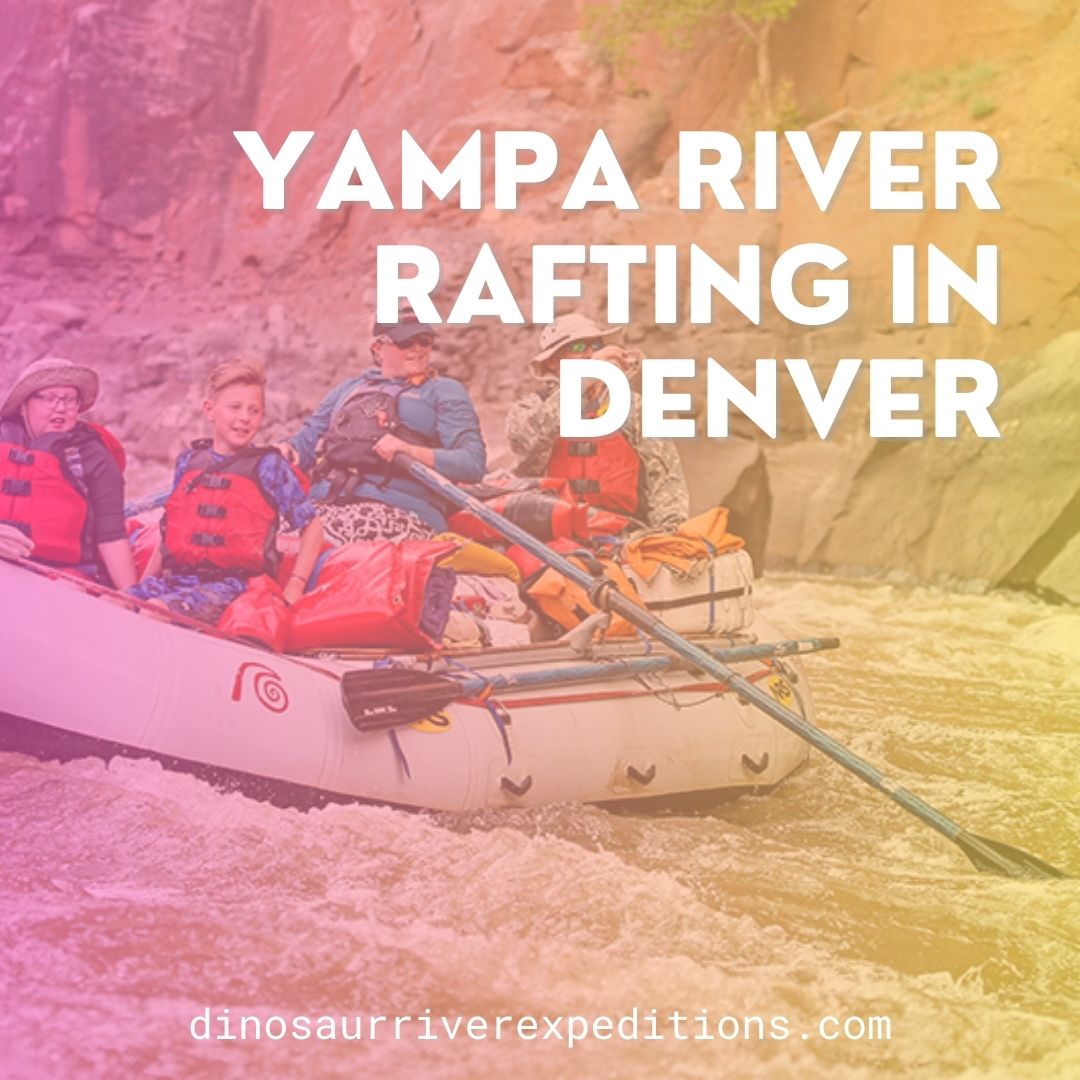 Clear Creek: Denver’s Proximity to Thrilling Rapids
Clear Creek: Denver’s Proximity to Thrilling Rapids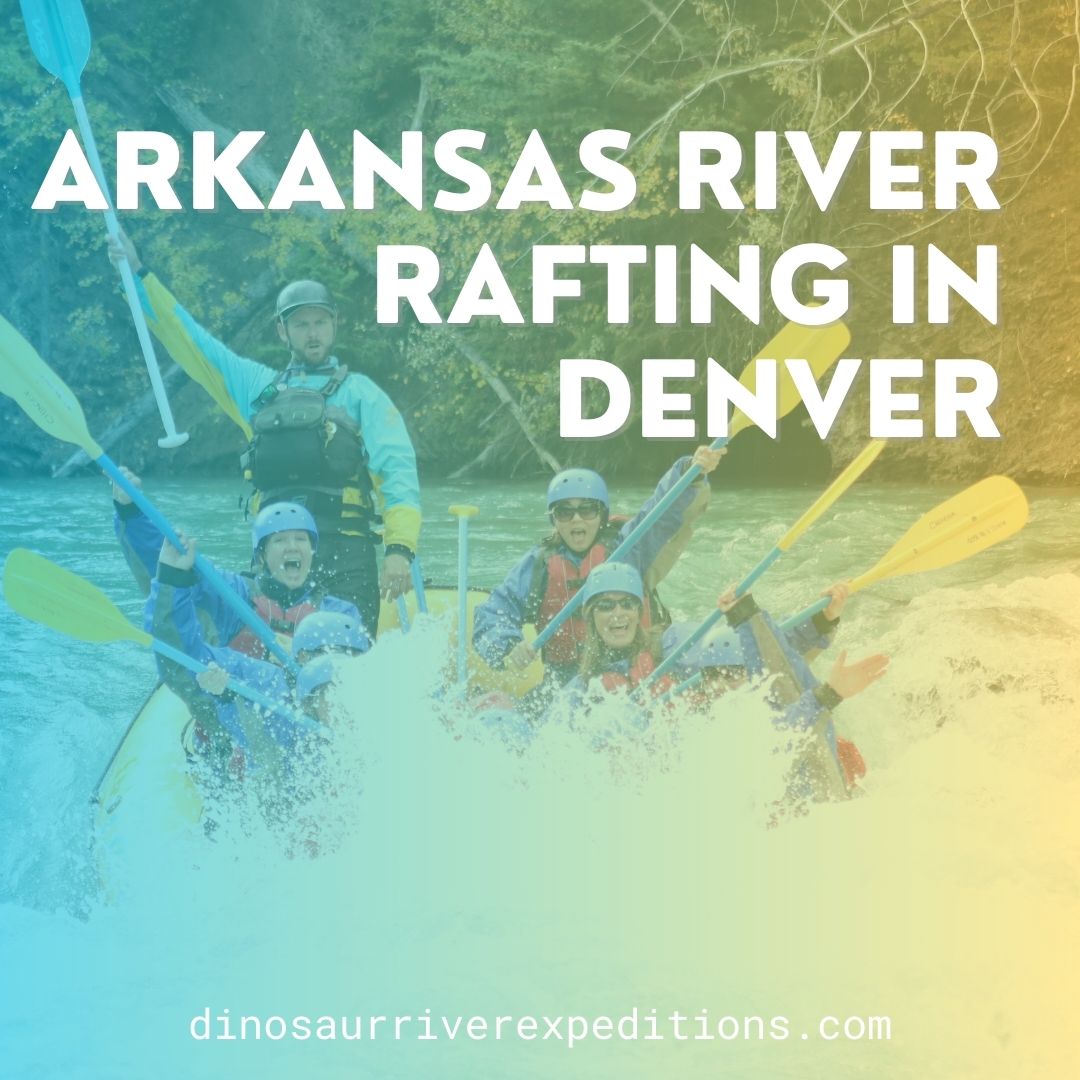 Arkansas River: Big Water and Multi-Day Excursions
Arkansas River: Big Water and Multi-Day Excursions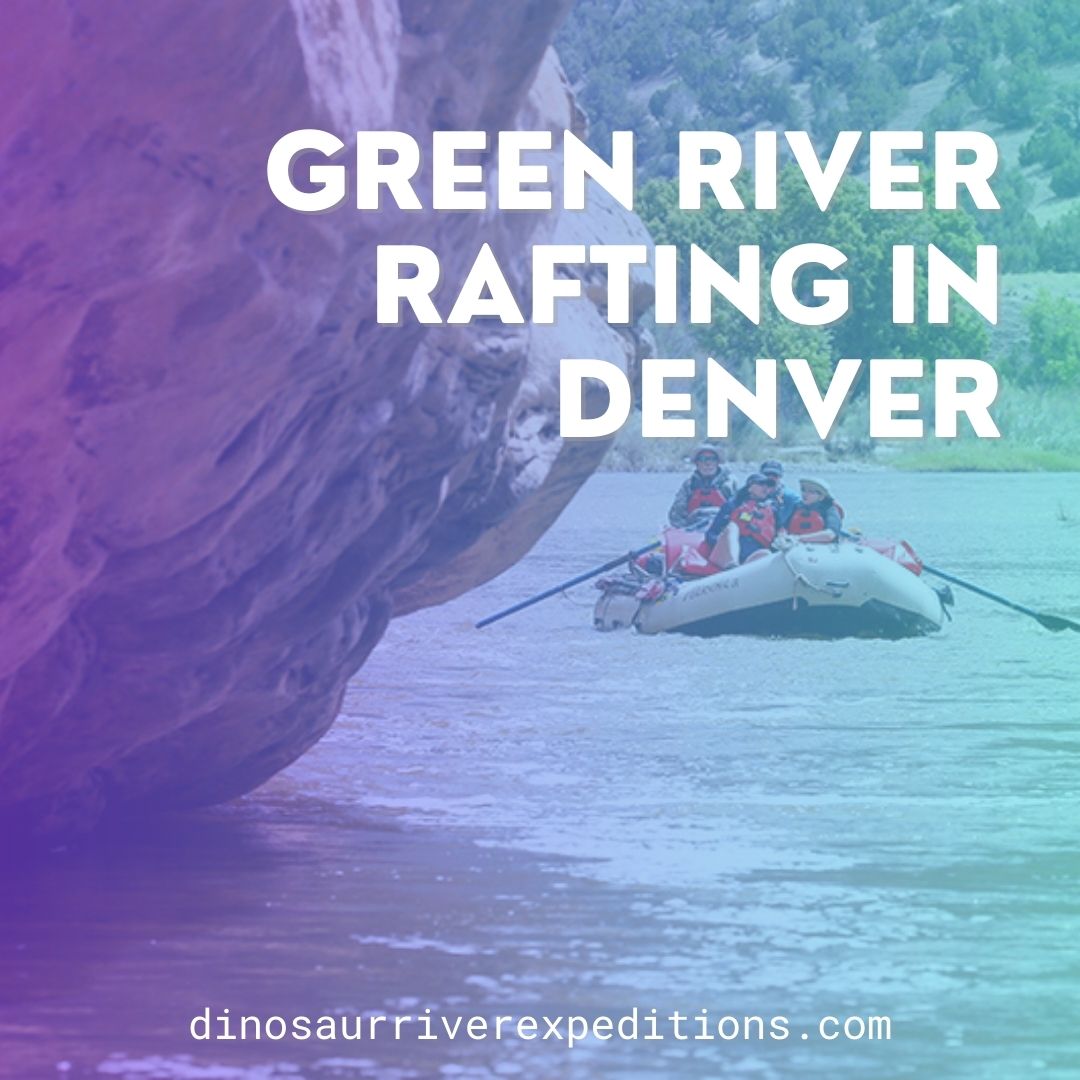 The Green River through Gates of Lodore
The Green River through Gates of Lodore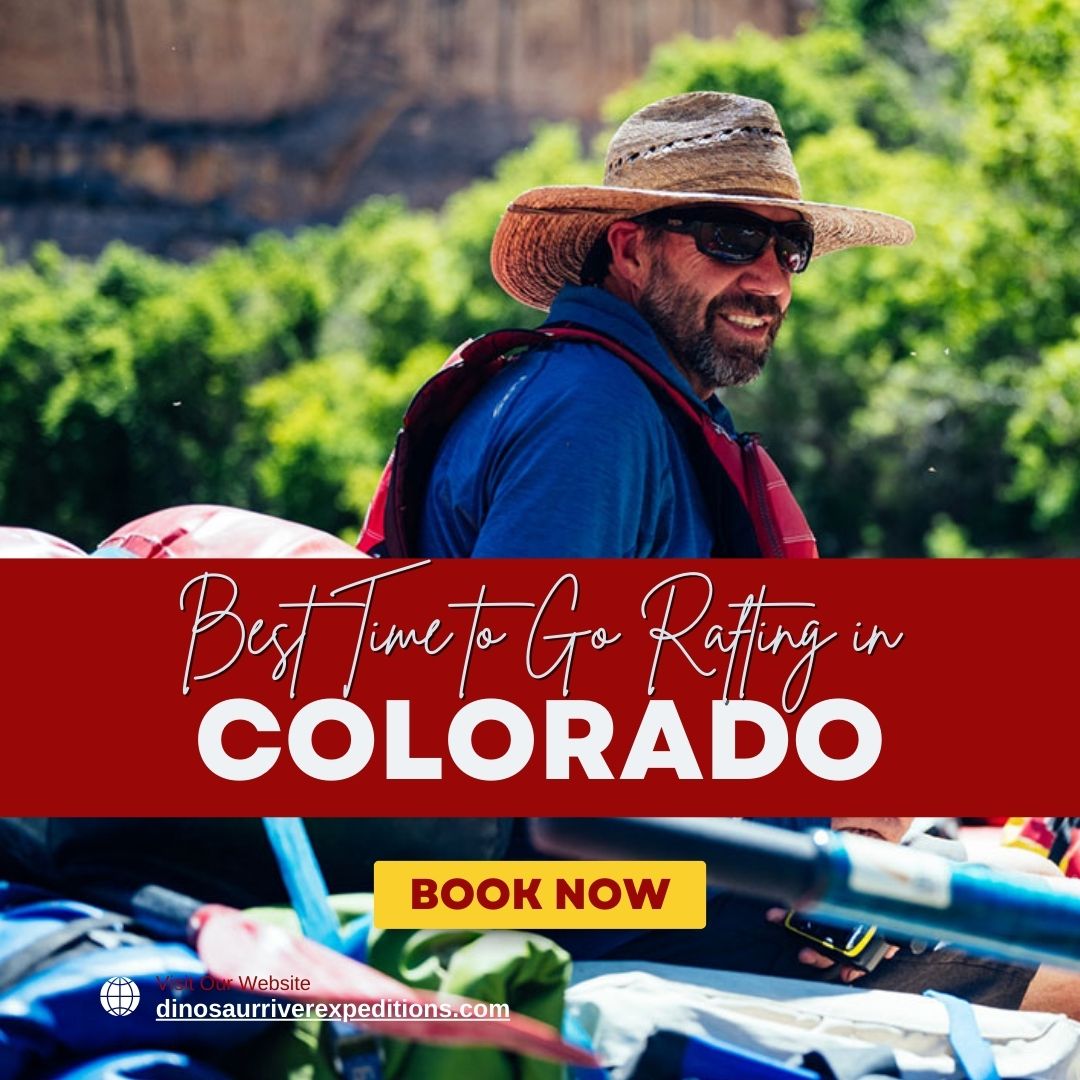 Overview of Colorado’s Whitewater Season (May–September)
Overview of Colorado’s Whitewater Season (May–September)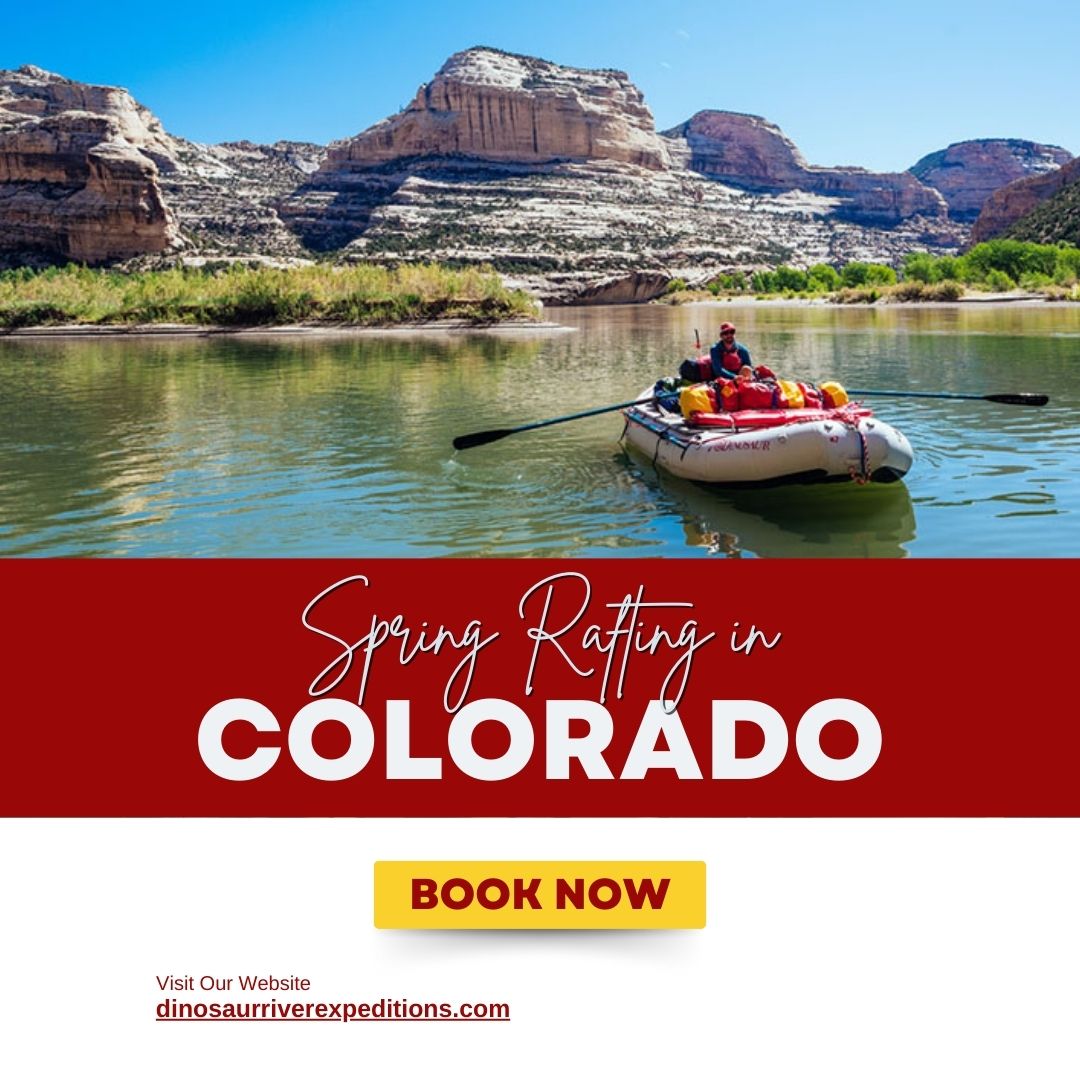
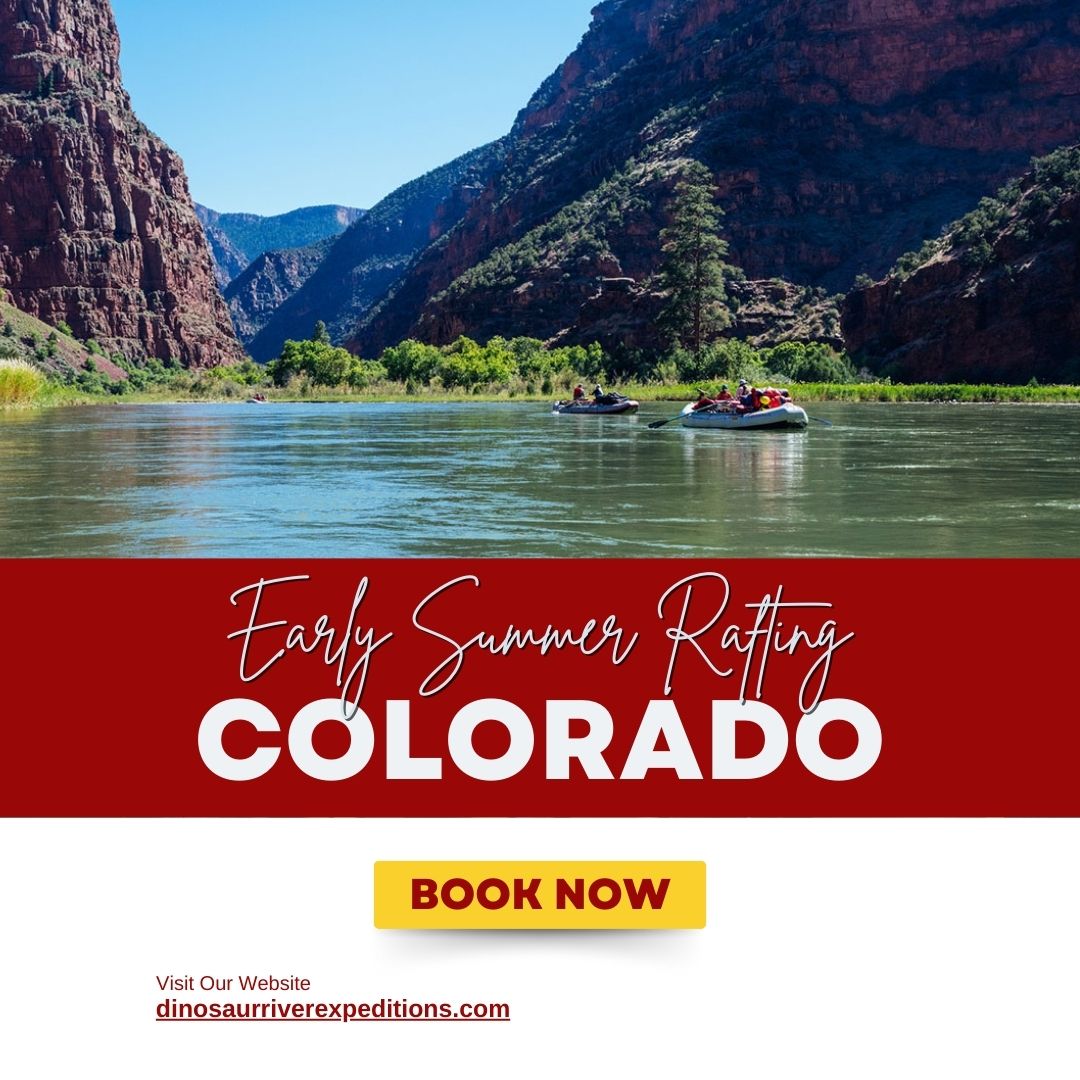
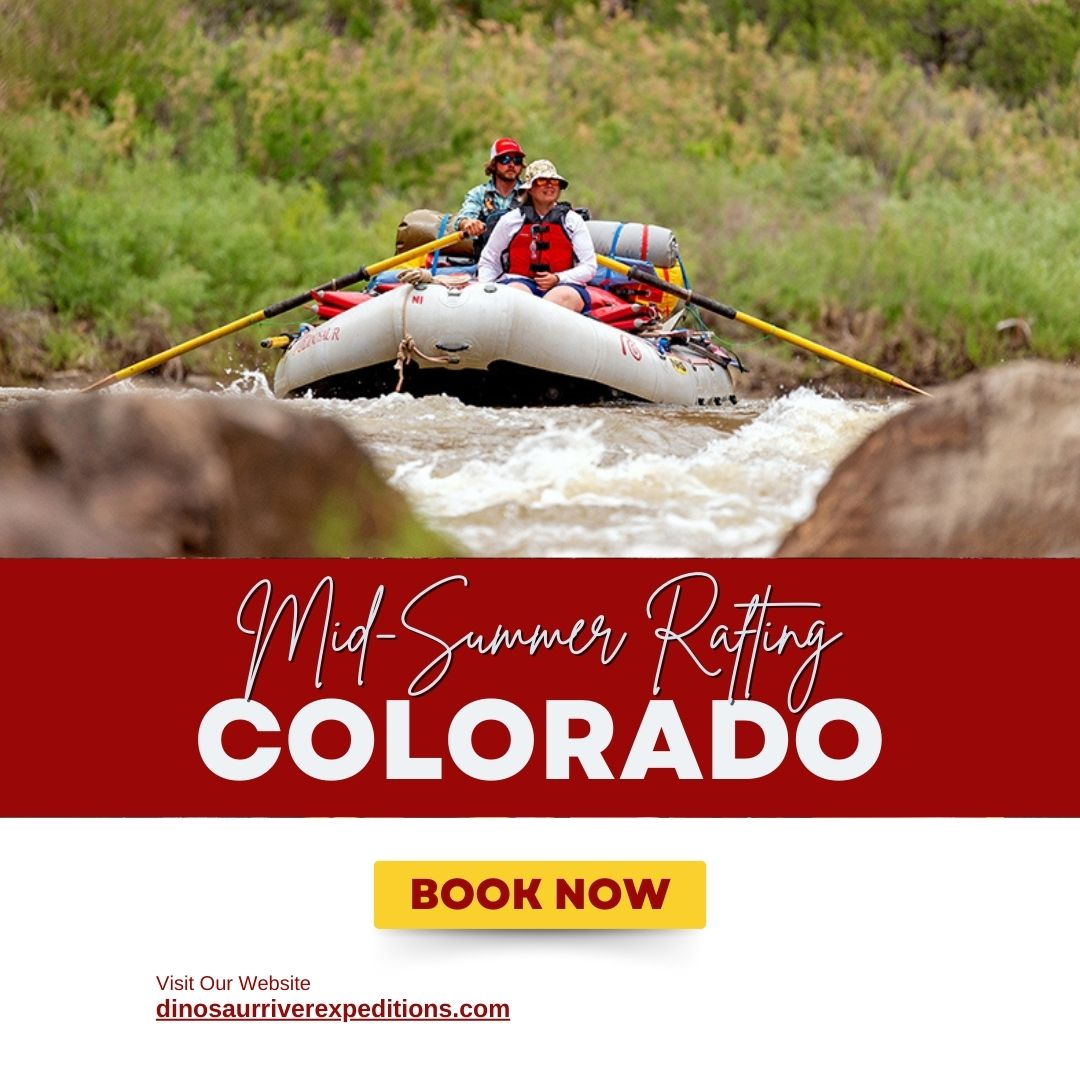 Warm, Mellow Waters and Peak Accessibility
Warm, Mellow Waters and Peak Accessibility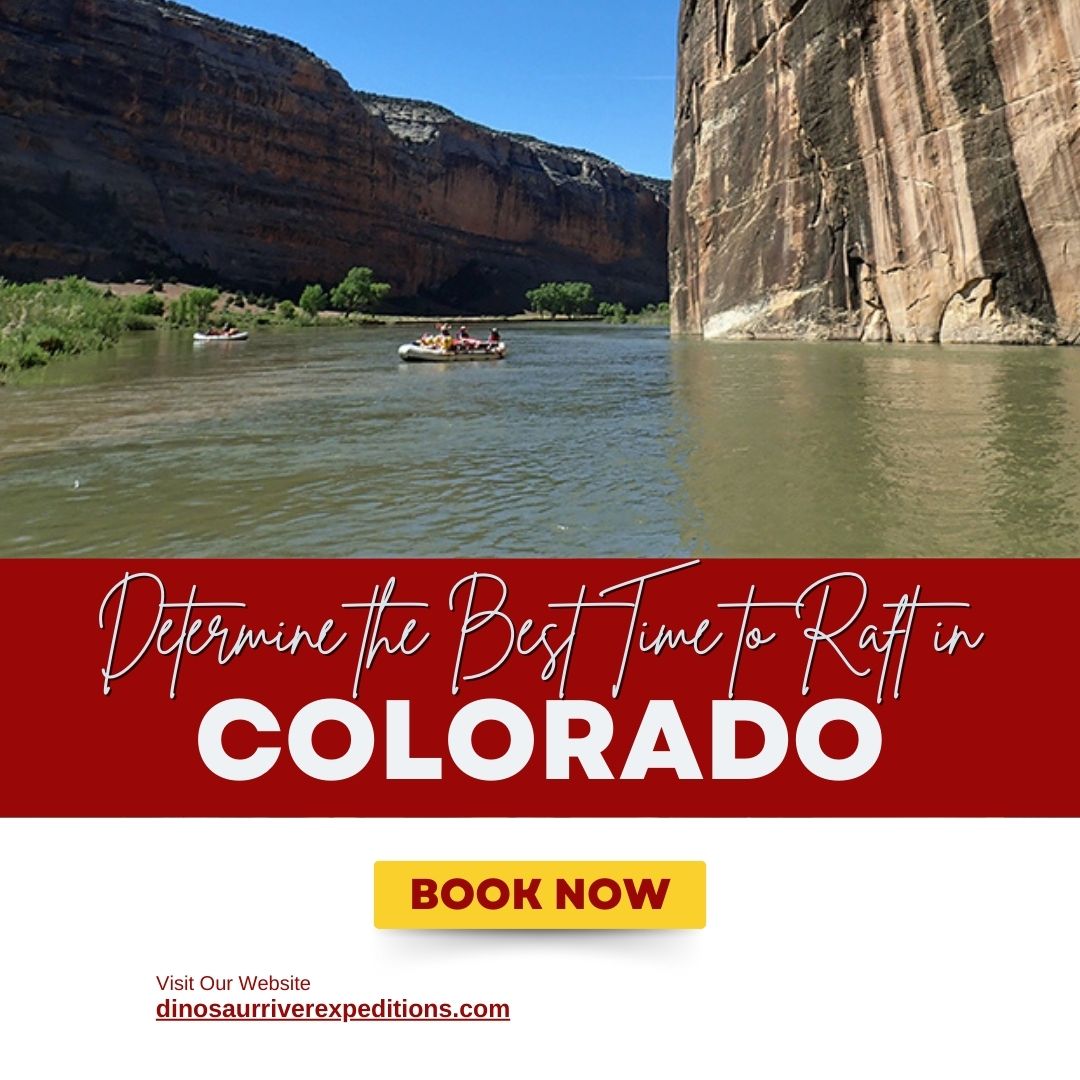 Snowpack Forecast and Spring Conditions
Snowpack Forecast and Spring Conditions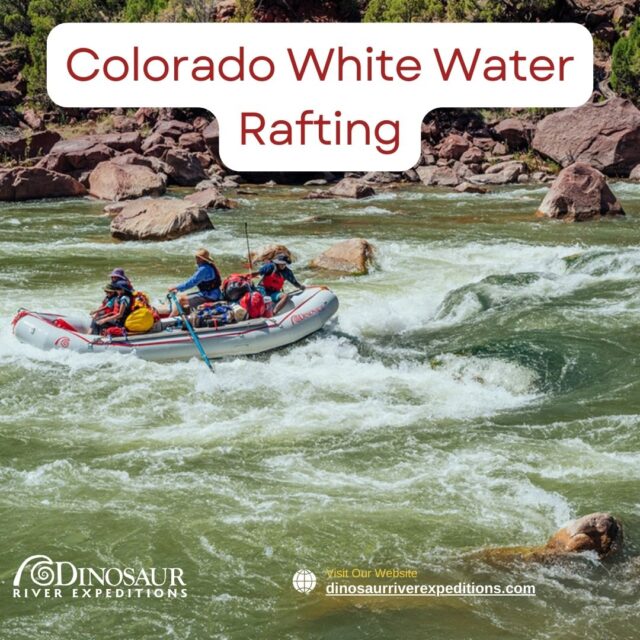
 Trip Highlights
Trip Highlights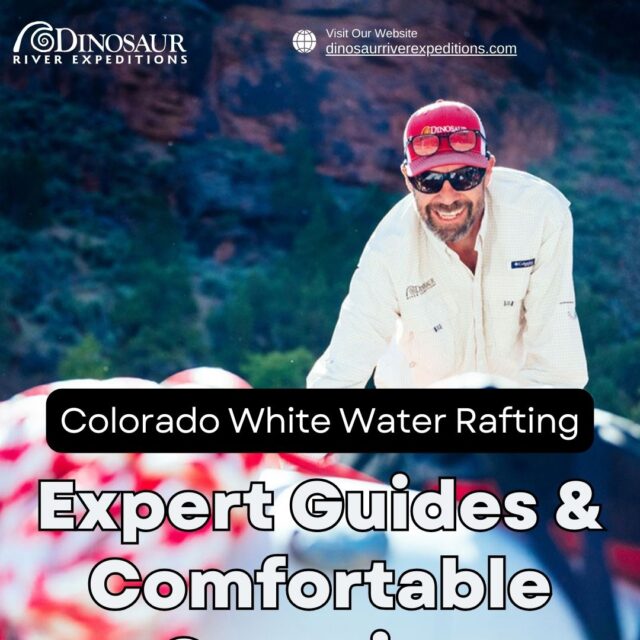 Expert Guides & Comfortable Camping
Expert Guides & Comfortable Camping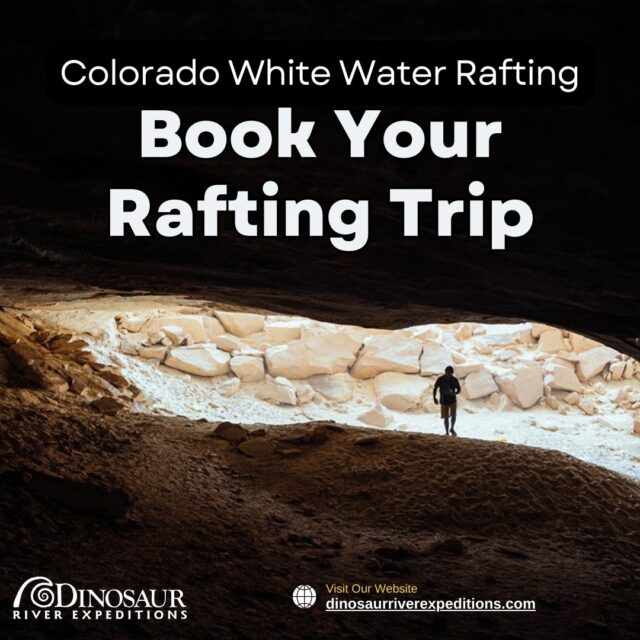 Book Your Rafting Trip
Book Your Rafting Trip